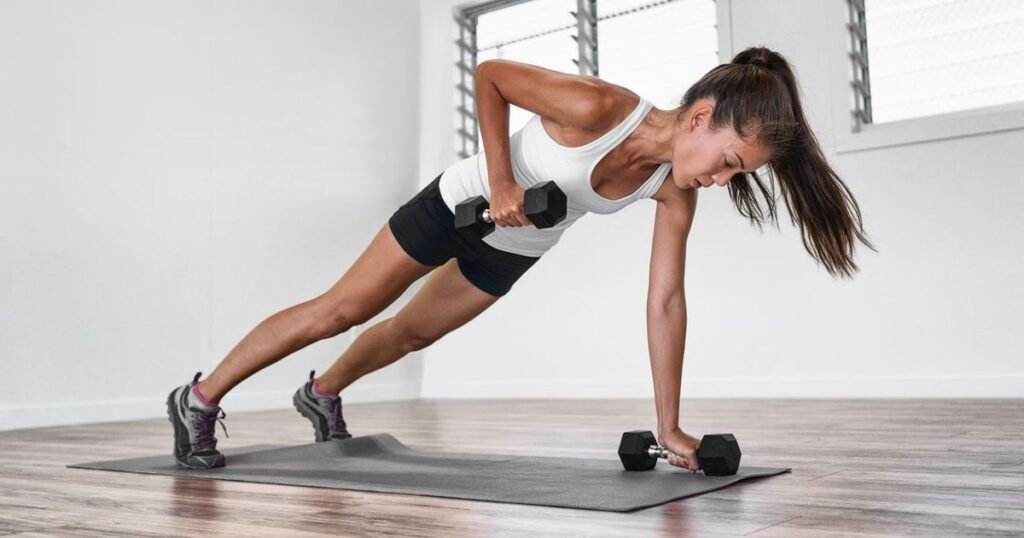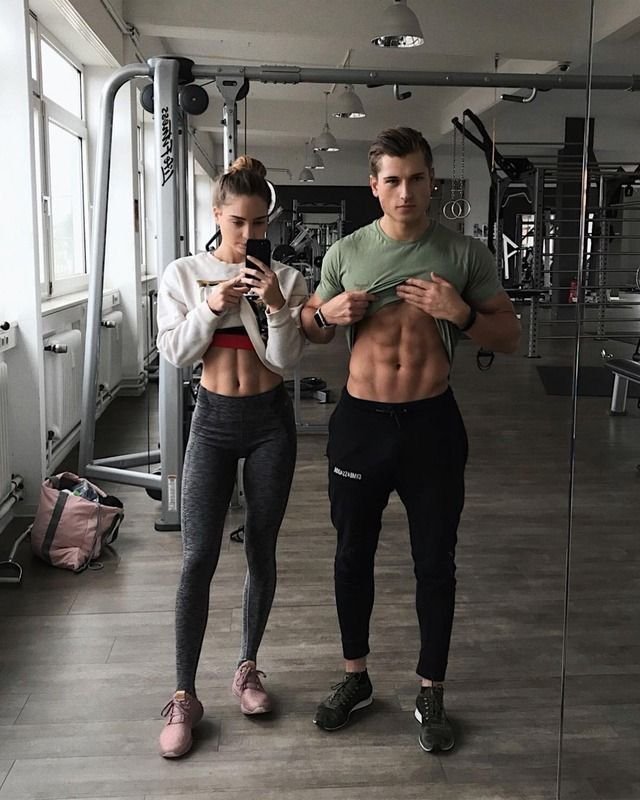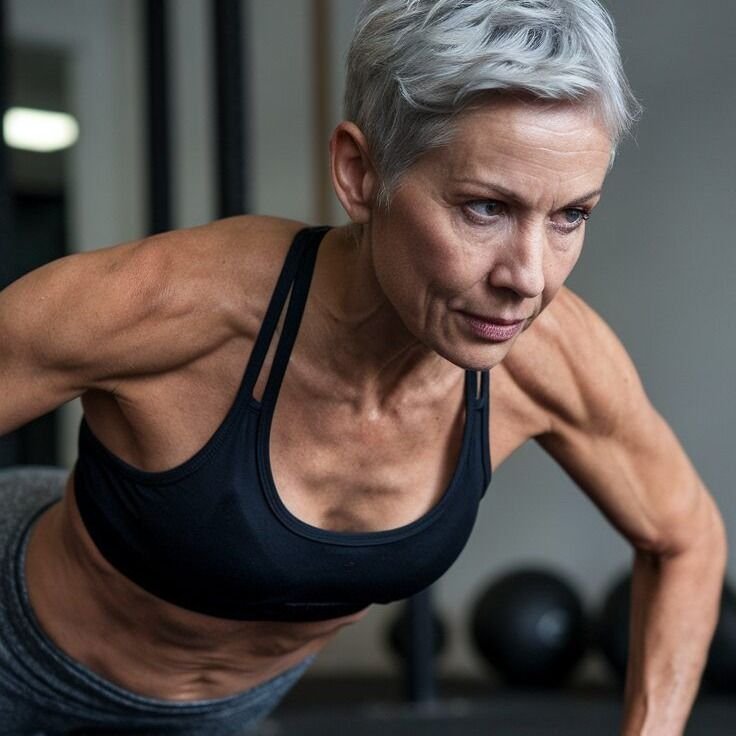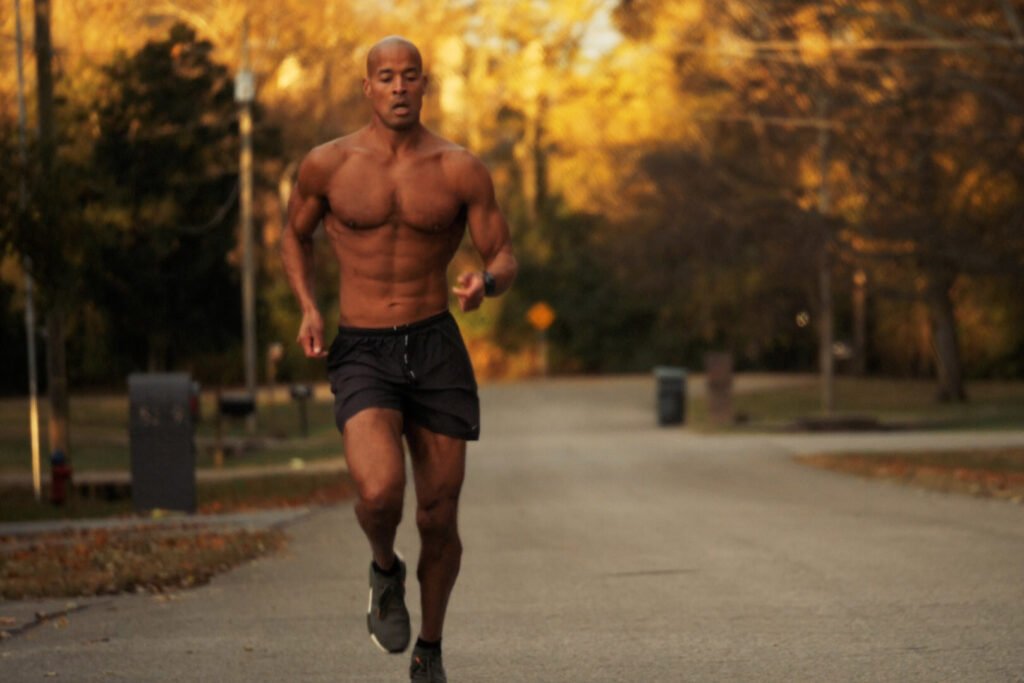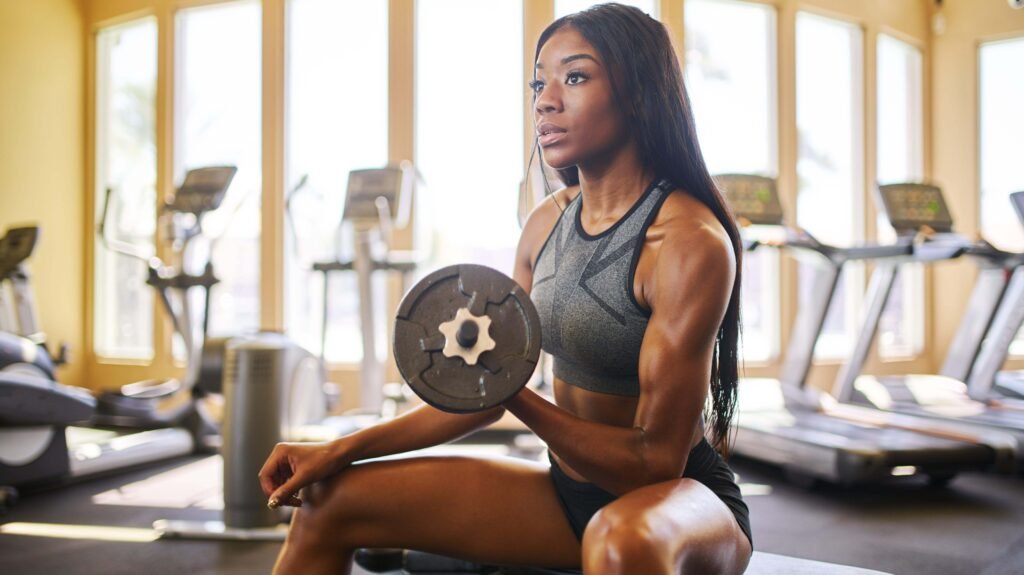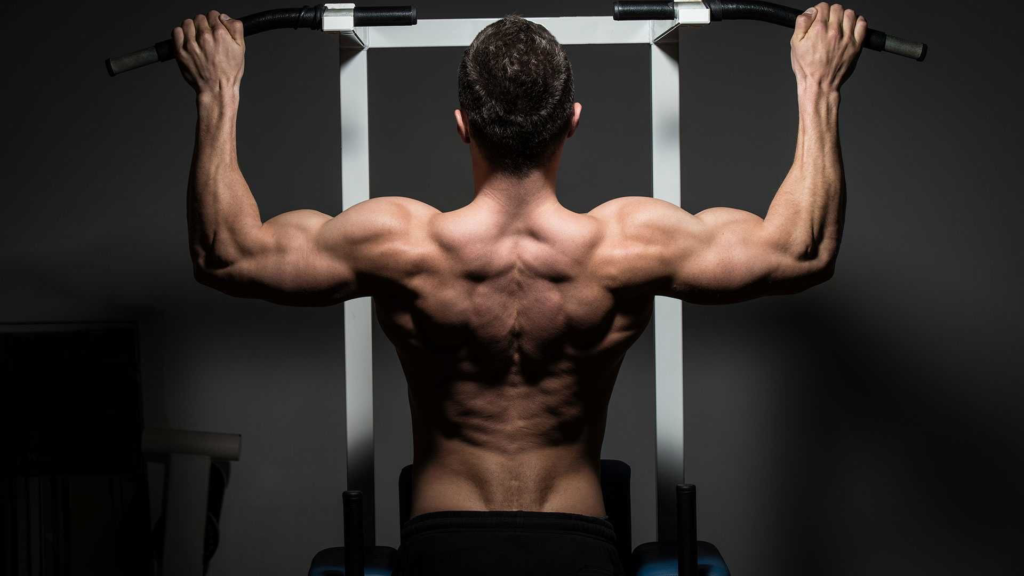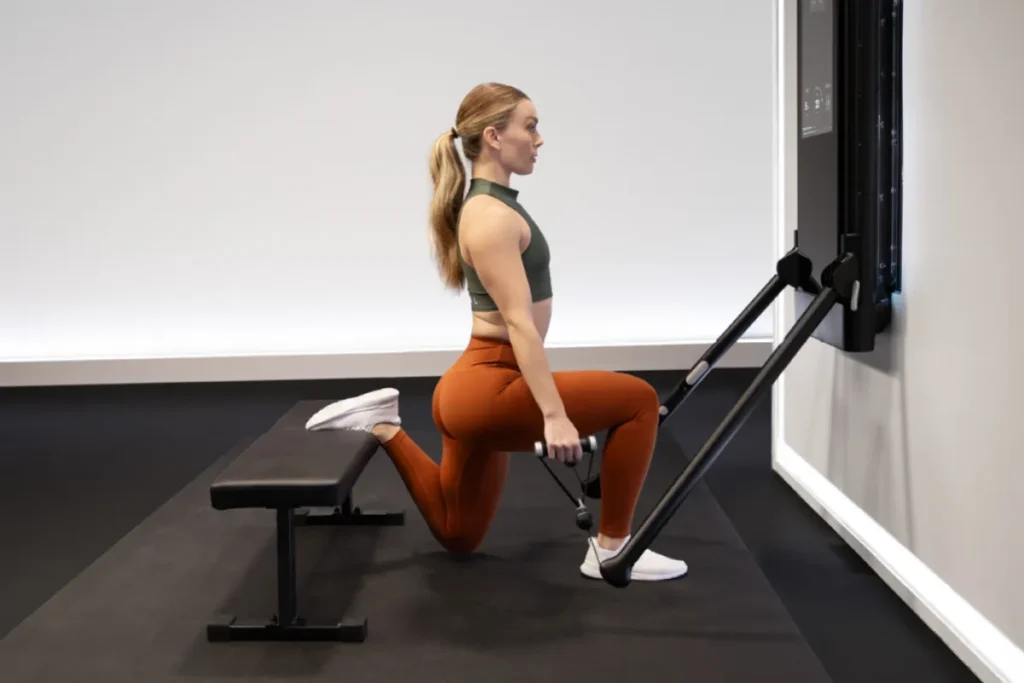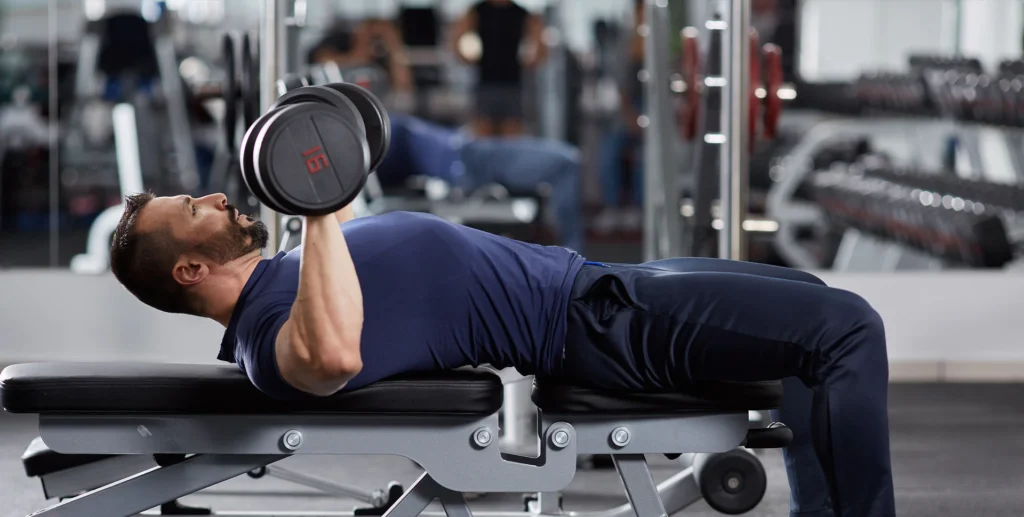Benefits Of Walking A Mile Daily (And After Meal )
Benefits Of Walking A Mile Daily (And After Meal) In a world increasingly dominated by sedentary lifestyles and the relentless march of technological convenience, the simple act of putting one foot in front of the other has emerged as a powerful antidote. For centuries, walking has been an inherent part of human existence, a fundamental mode of locomotion. Yet, in our modern era, its profound benefits often go overlooked. At Wellness Warriors, our mission is to empower you with accurate, evidence-based insights into optimizing your well-being. Today, we delve into the remarkable advantages of incorporating a daily mile walk into your routine – a simple activity that holds the key to unlocking a cascade of physical, mental, and emotional health improvements. Far from being a mere stroll, regular walking, even for a modest mile, is a great way to engage in physical activity that offers an astonishing array of health benefits of walking. It’s an accessible way for people of all ages and fitness levels to improve their overall health without requiring special equipment or significant time commitments. This isn’t just about getting from point A to point B; it’s about investing in your long-term vitality, one step at a time. Check our explanations below, especially the one about eating after your meal , as there is huge benefits for your health The Cardiovascular Cornerstone: Fortifying Your Heart Health When we talk about the health benefits of walking, cardiovascular well-being invariably takes center stage. Your heart, a tireless muscle, thrives on regular stimulation, and a daily mile walk provides just that. As you maintain a brisk pace, your heart rate elevates, signalling to your cardiovascular system that it’s time to work. This consistent, moderate exertion is one of the easiest ways to strengthen your heart and improve blood flow throughout your body. A recent study highlighted the profound impact of regular exercise like walking on heart health. It demonstrably lowers the risk of heart disease, which remains a leading cause of mortality worldwide. For individuals managing or at risk of high blood pressure, daily walking is a powerful, non-pharmacological intervention that can lead to lower blood pressure readings. The rhythmic contraction and relaxation of muscles during walking help improve the elasticity of blood vessels, contributing to better circulation and reduced strain on the heart. Furthermore, consistent cardiovascular fitness through walking plays a critical role in mitigating the risk of stroke and cardiovascular disease. The American Heart Association recommends at least 150 minutes of moderate-intensityaerobic activity per week, and a daily mile walk, typically taking around 15-20 minutes of brisk walking, contributes significantly to this recommendation. This makes it an invaluable component of a strategy for disease control and prevention. Beyond the Scale: Effective Weight Management and Body Composition For many, weight loss is a primary motivator for increasing physical activity. While walking a mile daily might seem like a small step, it contributes significantly to energy expenditure and, when combined with a healthy diet and nutritious diet, becomes an incredibly effective tool for weight management. Walking is a fantastic form of physical exercise that burns calories and helps reduce body weight. Even a 15-minute walk can make a difference over time. As you consistently engage in your daily routine of walking, you’ll notice not just a reduction in overall body fat, but also a toning of muscles, particularly in your lower body and even engaging your abdominal muscles subtly as you maintain good posture. It’s a sustainable approach to achieving and maintaining a healthy body weight without the high impact often associated with other forms of exercise. Moreover, building lean muscle mass through weight-bearing exercise like walking helps boost your metabolism, meaning your body burns more calories even at rest. This compounding effect makes regular walking an indispensable component of any effective weight management program. It’s not just about shedding pounds; it’s about optimizing your body composition for better health and vitality. READ MORE: Vitamin D and Sunlight Exposure: Why Is It So Important? Bolstering Bone Density and Joint Health Contrary to popular belief, walking is a weight-bearing exercise that can significantly contribute to stronger bones. The impact of your feet hitting the ground, even at a moderate pace, sends signals to your bones to rebuild and strengthen themselves. This is particularly crucial for older adults and postmenopausal women who are at a higher risk of osteoporosis and bone loss. Regular walkers often exhibit greater bone density, providing a protective effect against fractures. Furthermore, walking is incredibly beneficial for joint health. Unlike high-impact activities that can exacerbate joint pain, walking is low-impact and helps lubricate the joints, improving flexibility and reducing stiffness. The gentle movement helps distribute synovial fluid within the joint capsules, nourishing cartilage and maintaining joint integrity. This makes it an ideal physical activity for individuals with conditions like arthritis, allowing them to stay active without undue stress on their joints. It’s truly one of the best ways to maintain joint mobility and comfort throughout life. The Undeniable Mental Health Benefits of Walking The impact of walking extends far beyond the physical realm, profoundly influencing our mental and emotional well-being. The mental health benefits of walking are well-documented and provide a powerful reason to lace up your shoes daily. Stepping outside, especially for a morning walk or during a lunch break, offers a welcome escape from the confines of indoor environments and the stresses of daily life. The exposure to fresh air and natural light, particularly for vitamin Dsynthesis, has a significant positive effect on mood. Recent research indicates that regular walking can effectively alleviate symptoms of depression and anxiety. The rhythmic nature of walking, combined with the sensory input from your surroundings, can act as a form of moving meditation, calming the mind and reducing rumination. Walking also triggers the release of endorphins, natural mood elevators that create feelings of well-being and euphoria. This natural “runner’s high” isn’t exclusive to intense workouts; it’s a common experience for regular walkers too. Moreover, solving problems or processing thoughts
Benefits Of Walking A Mile Daily (And After Meal ) Read More »


